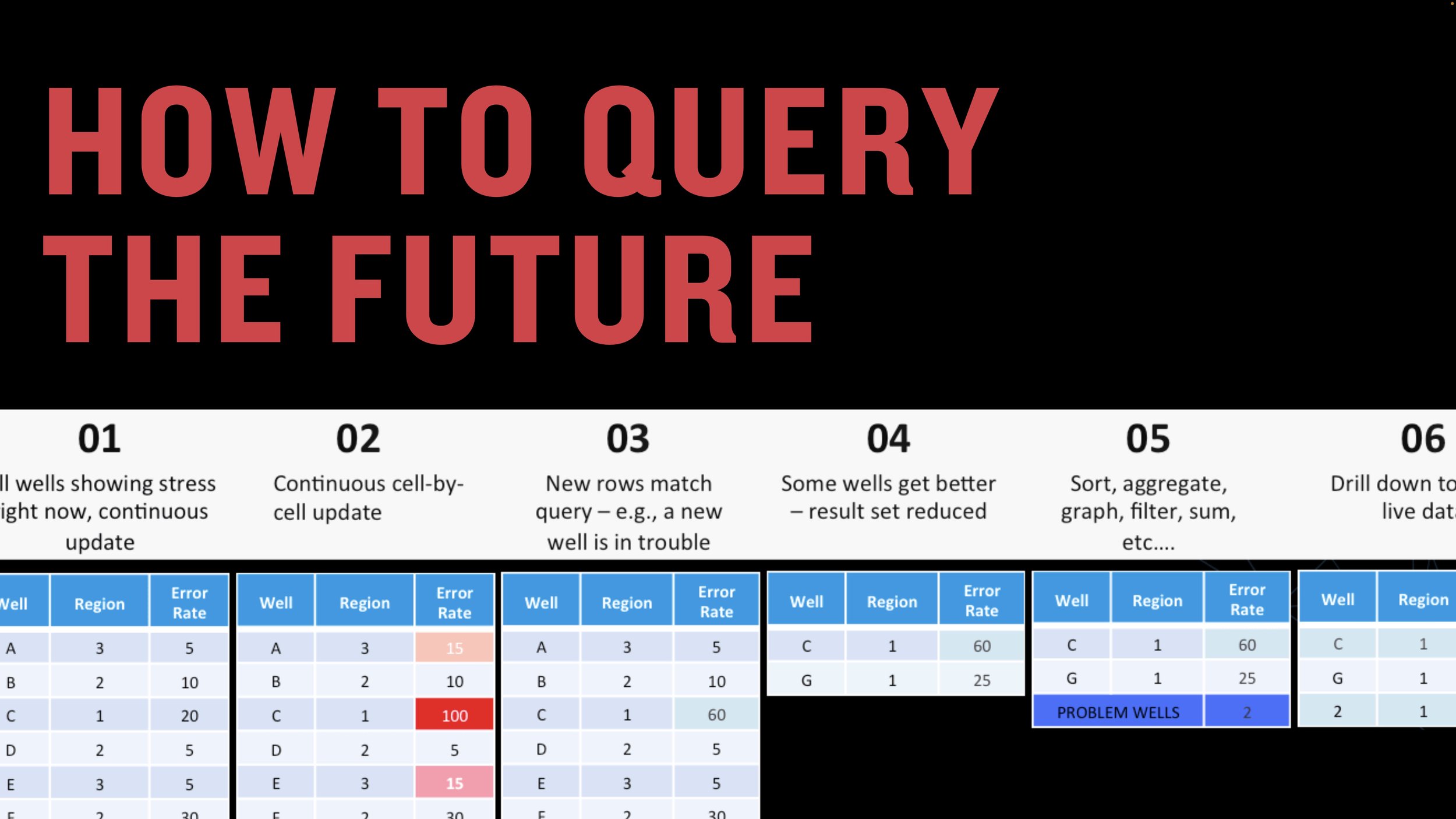The Modern Art of Job Searching
Forget how your parents searched for jobs. A modern approach makes jobs COME TO YOU.
Everything your parents taught you about looking for a job is wrong. This struck me when Cammie, my 27-year-old mentee, asked, "I can't find job opportunities. What should I do?" She's friendly and articulate, has a 3.4 GPA from Stanford, five years of experience in healthcare, and has data science skills. So how could she not have job offers rolling in?
We reviewed her tactics: write a good resume, look for job listings, and apply.
Cammie's approach was typical, straight out of the college career counseling office. Even Harvard Business Review advocates a pre-social-media approach. Their seminal article on the topic, Resumes and Cover Letters, looks like it was written on a typewriter. The article got tremendous praise on LinkedIn.
To me, it's all wrong.
Less than 1% of jobs are filled via apply-and-hope
The biggest job search myth, debunked, explains that 80% of jobs never make it to a job board. And of those, 15% are filled by 2% of applicants. That means less than 1% of jobs are filled via the old apply-and-hope model.
That's tough odds, even for a Stanford grad like Cammie.
"Aha! It's not fair! Elites give jobs to their friends. The system is rigged!" Maybe. People indeed hire people they know. The system IS rigged. So why not take advantage of it?
A Better Way to Find Jobs: the CONNECT-READ-WRITE system
A better approach to opportunity finding is free, democratic, and based on merit. I call it the CONNECT-READ-WRITE approach. It's simple:
CONNECT with people you admire on social media,
READ what they share and think about it,
WRITE what you think and share it on LinkedIn, a blog, Substack, Medium -- whatever.
If you do this, jobs will find you. Here's how it works.
First, use LinkedIn to build your network, read, and learn. It's easy and takes just a few minutes a day:
Search for topics that interest you on LinkedIn. For Cammie, we searched for "Healthcare" and "Data Science."
Follow people and groups on LinkedIn.
Read what your growing network shares on LinkedIn.
Think about what you read. Slow down. Take notes.
Repeat this every day.
Simply connecting to people and groups that are interesting to you will build your network. Reading what they write will inform you. Thinking about it will form ideas and spark curiosity.
The next step is daunting for most people: WRITE IN PUBLIC. As Henrik Karlsson explains, A blog post is a very long and complex search query to find fascinating people and make them route interesting stuff to your inbox. He's right — the mere act of writing draws like-minded people to you like a magnet.
Start simple. As you connect and read, post a comment about a quote you liked, an idea that excited you, or a fact that surprised you. That's it -- a simple comment on a LinkedIn post. Start there. 'This is cool!' doesn't count. Show that you're thoughtful and engaged, and you'll attract people to you.
As you gain confidence, write original blog posts. Start on LinkedIn. Then, write on Substack, a personal blog, or Medium. The more you write, the more people and opportunities will come TO you without searching.
CONNECT-READ-WRITE grows your network bank account over time
Like depositing money in a bank account each week, the value of the CONNECT-READ-WRITE grows over time. The more you write, the bigger your network. The bigger your network, the more people you'll meet. The more people you meet, the more opportunities you'll find.
CONNECT-READ-WRITE silently sets you apart
In my network only 6% of my network writes in public. I know because I counted. So writing thoughtful posts puts you in the top 94% of candidates.
Not only does writing in public increase the number of opportunities, it increases your odds of winning. Managers need smart, sharing, thinking people. Writing shows your thinking. Writing reveals your principles. Writing demonstrates you care.
CONNECT-READ-WRITE is an opportunity magnet
Cammie started using the CONNECT-READ-WRITE system. After six months, she had three opportunities. Two were unposted.
She continues to write and attract new opportunities of all kinds—not just jobs. She's met new people. She's learning. Cammie told me, "Writing in public is an opportunity magnet — it's like having a recruiter work for me 7x24!"
She's right. If you're dreaming about your dream job, do things differently. Connect, read and write every week and your dream job will FIND YOU.
MORE RESOURCE
I updated this article on January, 2023, one year after the original posting. A major new resource is the incredible essay by Henrik Karlsson on Substack, A blog post is a very long and complex search query to find fascinating people and make them route interesting stuff to your inbox.
GOOD resources are out there to learn more: There ARE some great resources about how to conduct a modern job search, in detail. And, of course, Harvard redeemed themselves! Job Search Strategies—Maintaining Your Social Capital, a free LinkedIn Learning course by Valerie Sutton, Harvard’s Director of Career Search Strategies, is awesome. It covers the tools you need to execute this strategy: how to connect on LinkedIn, find relevant groups, blogging, how to approach cold contacts, and more. It’s free, and just 39 minutes long. Check it out. Then use it every day!
CONNECT-READ-WRITE seems like it will take a long time. Yes. The bad news is, this approach is not a quick fix. If you’re urgently looking for a job now, you might be disappointed. The power of writing in public is that the value builds over time. But it might take a year or two to develop your point of view and your network. Then, and only then, jobs will come. In bunches.
The Law of Attraction and does this approach activate it? The beauty of the CONNECT-READ-WRITE strategy is that it activates The Law of Attraction, the idea that you attract what you think about. When you think out loud in writing, you silently attract opportunities that match what your writing demonstrates you care about. Instead of chasing jobs, you attract opportunities that fit your passion.










